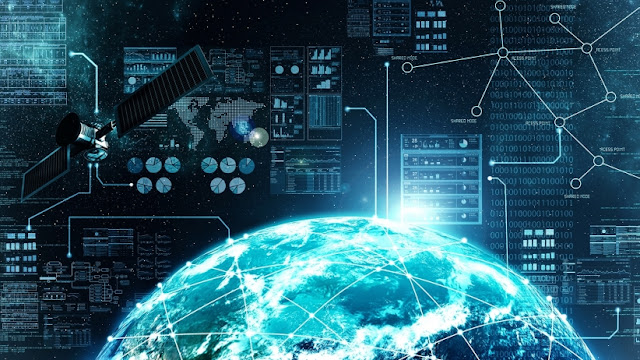Right now, the Internet of Things (IoT) is primarily the realm of futuristic-minded early tech adopters. Think of the pioneers who use Google Glass to snap pictures, Nest to control their home temperature or turn to their smartphone to dim the light bulbs in their bedroom. In a decade, things will look much different. By 2025, the Internet of Things will become more mainstream, having an economic impact between $3.9 trillion and $11.1 trillion per year.
That’s a pretty staggering estimate, especially given that today the Internet of Things is still “in the early stages of growth,” according to the McKinsey report. While IoT has a lot of potential, getting it to become a more established industry could be challenging.
One of the primary reasons Internet-connected devices are still so rare is because often, each device requires its own separate operating software. Yet between 40 and 60 percent of the potential value of the IoT industry depends on devices being able to operate on the same software system, according to the McKinsey report. It’s onerous to manage dozens of software programs on your smartphone, along with all the push notifications and alerts. This is a fact of life that will likely get worse before it gets better, said Price. “We are going to go through this phase where we have 10 to 15 different devices, and they will just be notifying the hell out of you, and you will have to turn them off manually.”
In addition to software applications needing to consolidate, for the Internet of Things industry to become more widely adopted, the buildings and city infrastructure we live and work in will have to become embedded with Internet connectivity for devices to seamlessly and continuously work.
The industry’s scalability will also be determined by a shift in our mindset. Indeed, as counterintuitive as it may seem, Internet of Things inventors and entrepreneurs envision a world where we spend less time glued to our smartphones, computer screens or other connected tablet.
The long-term goal with inventors and entrepreneurs in the IoT space is pretty grand. By living in a hyper-connected world, we will all be more connected to each other, not less so -- as it sometimes seems in our current technology-driven world of smartphones, computers and tablets.
“The first round of the Internet is creating a very individualistic, detached experiences,” said Price. “In one way it has even taken us away from social networking. We are still in a box in a room. I think when the Internet becomes this kind of fabric on top of everyday life it will open up new opportunities to reestablish group and commonwealth experiences.”

No comments:
Post a Comment